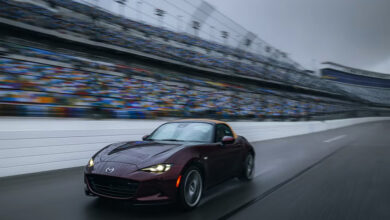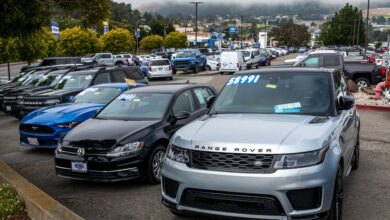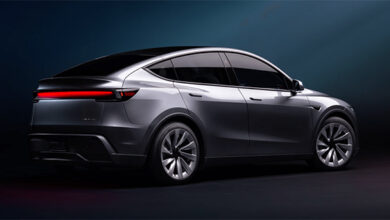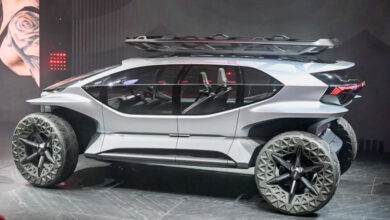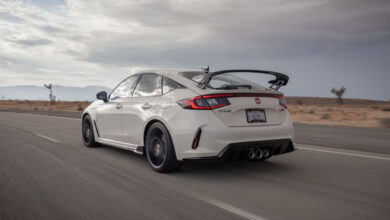Why 2025 Will Define the Future of Zoox, Amazon’s Robotaxi Venture
Why 2025 Will Define the Future of Zoox, Amazon’s Robotaxi Venture
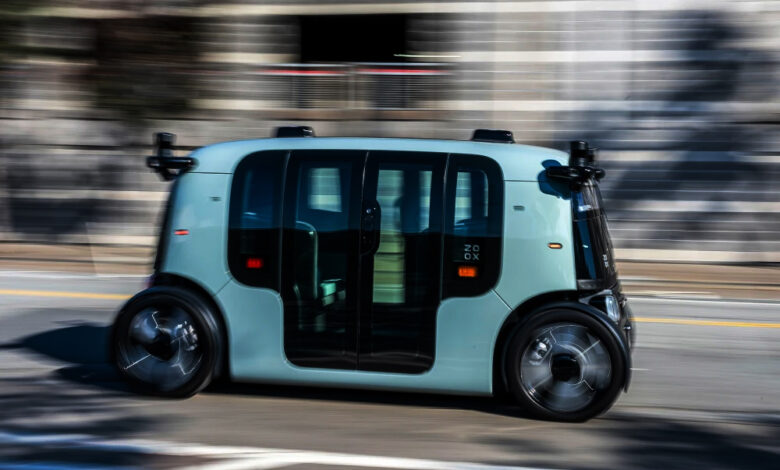
The year 2025 is shaping up to be a transformative period for Amazon’s autonomous vehicle subsidiary, Zoox, as the company gears up to expand its operations and roll out its robotaxi business to the public.
Zoox plans to launch public rides “soon,” expand its testing locations, and dramatically increase the size of its autonomous vehicle fleet beyond the few dozen currently operational, according to co-founder and CTO Jesse Levinson. During a 40-minute ride through Las Vegas in one of Zoox’s self-driving taxis, Levinson expressed confidence in the progress made so far. “It’s a lot of work, but we’re excited about it,” he said.
Despite growing skepticism toward the autonomous vehicle (AV) market — with legacy automakers like General Motors, Ford, and Volkswagen shutting down their self-driving divisions — Zoox remains committed to its vision.
Acquired by Amazon for $1.3 billion in 2020, Zoox has been testing its purpose-built, driverless vehicles on public roads since early 2023. These vehicles, devoid of steering wheels and pedals, currently operate in Las Vegas, San Francisco, and Foster City, California, where the company is headquartered.
Expanding Markets and New Beginnings
Las Vegas is expected to be Zoox’s first commercial market. The company plans to introduce an “Early Rider Program” in the city within the next few months, with broader public access anticipated later in the year. San Francisco, where Zoox began trials in November 2024, will follow shortly after.
Additionally, Zoox is eyeing future expansions into cities like Miami and Austin, Texas, though no timeline has been disclosed. Levinson optimistically envisions Zoox becoming a preferred transportation option in most major U.S. cities by the end of the decade.
“Hopefully by 2030, this will be your favorite way to get around,” he said.
Amazon has remained tight-lipped about its financial backing of Zoox, viewing the investment as part of a broader long-term strategy to serve customers and drive innovation.
A Unique Take on Robotaxis
Unlike competitors such as Alphabet’s Waymo, which retrofits traditional cars with autonomous technology, Zoox has built its vehicles from the ground up to operate without human drivers.
Zoox’s robotaxis, often described as “boxes” or “toasters,” feature centrally opening doors, opposing rows of seats, and no space for a driver. While Waymo remains the U.S. leader in robotaxis, Zoox’s innovative design sets it apart.
“Zoox’s vehicle is the right size and form factor,” said Sam Abuelsamid, an autonomous vehicle expert and vice president of market research at Telemetry Insights.
During a test drive around the outskirts of the Las Vegas Strip, Zoox’s robotaxi demonstrated assertive yet cautious driving, making smooth turns and adhering to road laws. However, minor issues like hesitancy to maneuver around a large trailer were noted.
Levinson acknowledged that fine-tuning driving behavior has been a major focus, ensuring vehicles are neither overly aggressive nor excessively cautious — a balance crucial for safety.
Challenges in the Path to Commercialization
If Zoox successfully grows its operations this year, it will still trail Waymo by a significant margin. Waymo has already conducted unsupervised, paid rides since 2019 and operates hundreds of autonomous vehicles across multiple U.S. cities, conducting over 150,000 weekly rides.
“I don’t want to claim Zoox will become a commercially meaningful business this year, but it will provide value to customers,” Levinson said. “We’ve taken a conservative approach to scaling because safety is paramount.”
However, the road to commercialization for autonomous vehicles remains fraught with challenges. Companies like GM’s Cruise, once a leader alongside Waymo, halted operations following a fatal accident in October 2023. Other players, including Tesla, have failed to deliver on promises of driverless taxi services.
High costs, regulatory hurdles, and safety concerns continue to pose barriers. The industry has spent far more than anticipated with slower-than-expected returns.
Looking Ahead
Zoox’s methodical approach and Amazon’s financial backing provide a strong foundation for growth, but the company faces intense competition from Waymo. The Alphabet-backed giant plans to expand to Austin and Atlanta via a partnership with Uber in early 2025 and to Miami in 2026.
“They’re absolutely the leader,” Abuelsamid said of Waymo. “They’re the only ones operating a real robotaxi service at scale today.”
As Zoox seeks to carve its niche in the crowded robotaxi market, 2025 will likely determine whether it can emerge as a viable contender or fade into the background of autonomous vehicle history.

